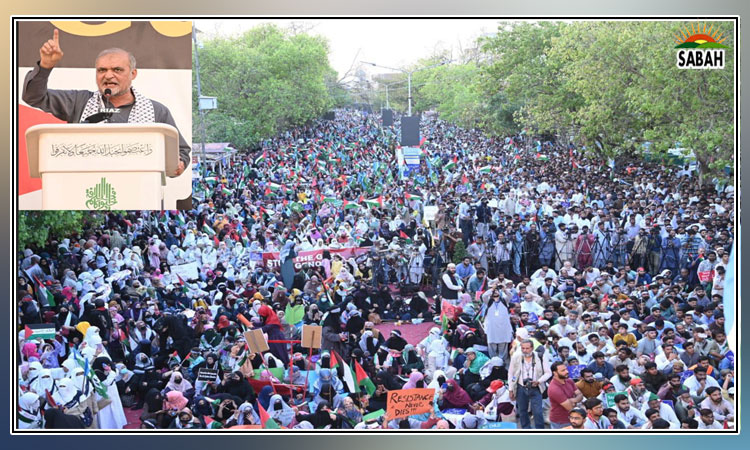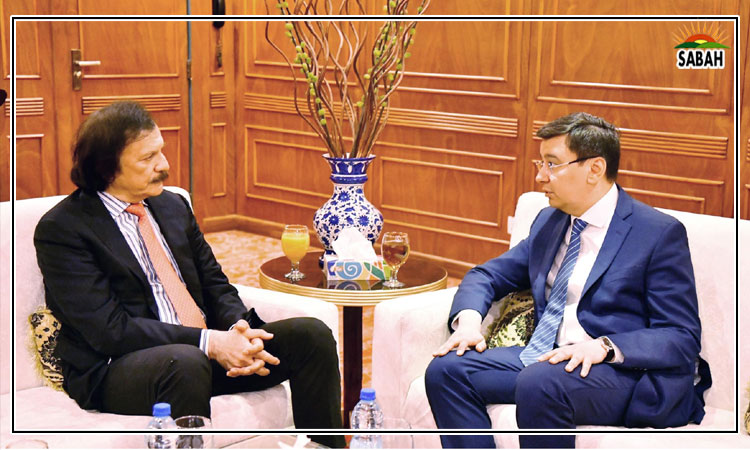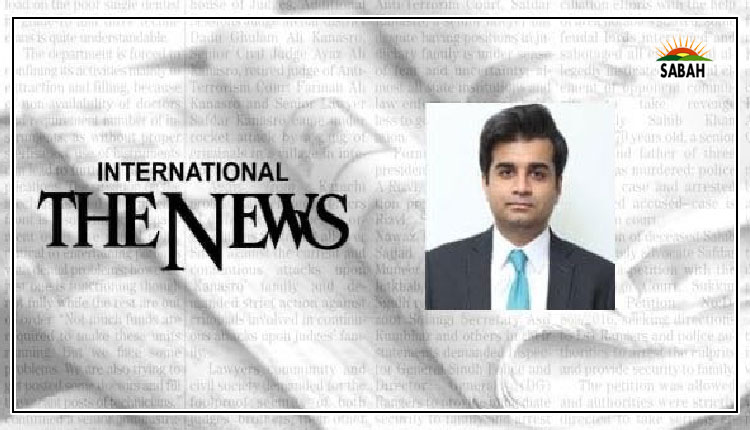It’s over…Ammar Habib Khan
An unhealthy obsession with the rupee-dollar exchange rate has been driving the economic discourse and policy actions in the country, such that government communication and policy largely revolves around controlling the exchange rate while also failing at it every single time.
The recent administrative crackdown has resulted in appreciation of the rupee against the dollar, much to the appreciation of all quarters and the usual sycophants. However, the same has been repeated many times in the recent past — only to be followed by a sharp depreciation of the rupee against the dollar.
During the last three years, there have been at least half a dozen such administrative interventions that resulted in appreciation of the rupee against the dollar, only leading to sharp and much more brutal depreciation at a later stage. Administrative measures can only prop up the currency to a certain extent; after that it is the fundamental nature and structure of the economy that determines the fair value of the currency.
The structure of the Pakistani economy is heavily dependent on imports, and supply of the dollar at concessional cost, or more recently bailouts from one friendly country or another. The structure of the economy is so skewed that more than 90 per cent of the economy is driven by consumption, and a considerable chunk of this consumption is made up of imports. Such imports necessitate the availability of dollars (or other foreign currencies), which were available during the last ten years given near-zero interest rates in the developed markets.
However, the global economy is retooling itself. The days of near-zero interest rates are over. Interest rates have increased from 0.5 per cent in 2020, to more than 4.75 per cent for dollar-based long-term treasury bonds. An increase in interest rates means that availability of the dollar to fund an insatiable appetite for consumption-oriented imports is only going to get more expensive. Pakistan has accumulated substantial external debt over the last ten years, much of it on commercial terms. As interest rates increase, the cost of servicing this debt is expected to triple going forward, further squeezing available resources.
The rupee has depreciated by 70 per cent over the last two years, as inability to rein in imports or increase exports resulted in a market-oriented adjustment where imports became more expensive, eventually feeding into raging inflation across the board. Moreover, the short-sightedness, or rather obliviousness, of the central bank to emerging risks, and its failure in reining in inflation, has led to a scenario where the real interest rates in the economy are in the range of -7.0 to -8.0 per cent which effectively means that there is a disincentive to hold the rupee, because inflation will continue to wipe its purchasing power.
Policymakers, and those appointing policymakers, must take into consideration that macroeconomic realities cannot be changed with administrative measures. Macroeconomic restructuring requires a long-term plan and policy continuity, and this cannot be done through myopic administrative measures that have consistently failed. One will be hard-pressed to find any example wherein an administrative measure to control price of any commodity did not result in a spiraling price only a few weeks or months later.
The economy needs to be retooled towards a net dollar-generating economy through exports and investment, rather than an economy that is a net dollar consumer. Until the time the economy remains heavily dependent on the availability of the dollar to fund its growth, while consistently running deficits, the rupee is only going to depreciate further — and not stabilize. Successive governments, including the current interim setup, have failed to enact any stabilization measures, only relying on availability of the next IMF tranche. The government policy continuity is effectively being run on a quarter-to-quarter basis, rather than any long-term vision, or even a plan.
The current consumption-oriented nature of the economy is such that even a mediocre 3.0 per cent annual growth rate necessitates availability of fresh dollar liquidity (whether through borrowing, or investment) of $7 billion on an annual basis. This does not cover any incremental debt servicing requirements, and only covers import requirements to sustain the economy at a low growth rate. Unavailability of such supply would mean a growth rate that is lower than the population growth rate of the country, eroding incomes on a per capita level.
In a scenario where the country continues to stay heavily dependent on availability of the dollar, while paying interest cost that is at a decade-high level, the expectation that the rupee-dollar parity may stabilize is a fallacy at best. For the rupee-dollar parity to remain stable, it is critical that the inflows through exports and remittances continue to increase at a faster rate than imports. This can be supplemented by an enabling investment environment, which isnt run like an autocratic valhalla, but actually contributes to overall retooling of the countrys macroeconomy.
The prescription to fix the economy has been used by dozens of economies over the last many decades. Before any prescription can be used, it is important to accept that we are not special. Business leaders and policymakers alike have this misplaced understanding that the country and its people are special. We are not special. We just need vanilla solutions to vanilla problems that have been solved dozens of times by countries over the last many decades. Suspending the notion that we are special remains critical in steering the country out of this perpetual crisis. If this is not done anytime soon, it’s over for the almost quarter of a billion people living in the country who have been failed by a few hundred cronies and sycophants.
Courtesy The News












